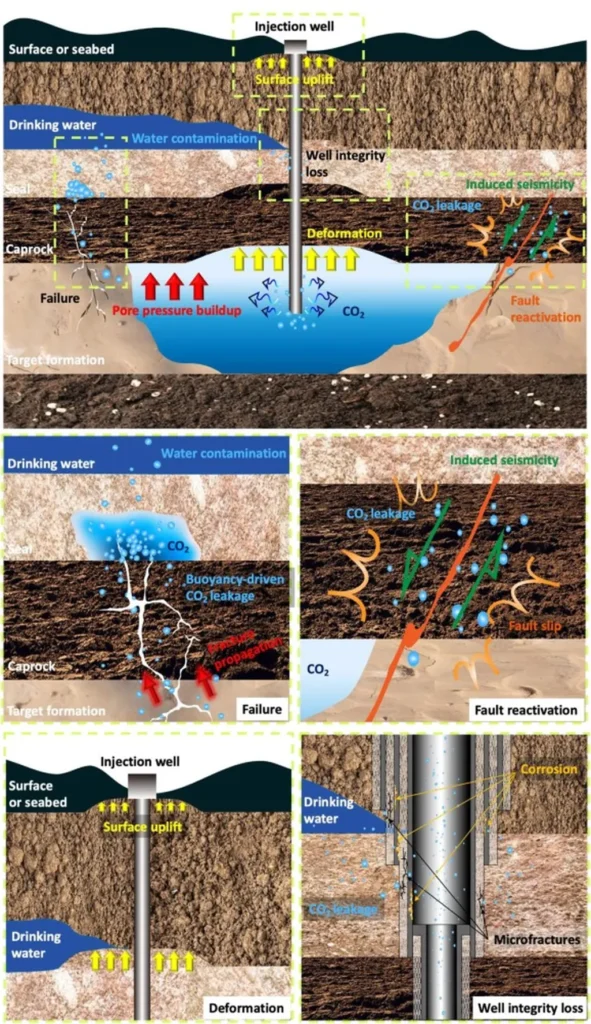In the quest to mitigate climate change, carbon capture and storage (CCS) has emerged as a critical technology, and a recent study published in the journal *Nature Scientific Reports* offers a promising advancement in monitoring these underground storage sites. Led by Yanjiao Dong from the China University of Petroleum (East China), the research introduces an integrated workflow that enhances the accuracy of tracking carbon dioxide (CO₂) migration in saline aquifers, a process essential for ensuring the safety and efficacy of CCS projects.
The study addresses a key challenge in CCS: accurately characterizing CO₂ sequestration and migration post-injection. While time-lapse seismic monitoring is a valuable tool, it traditionally only reveals changes in elastic properties such as compressional wave velocity and quality factor. These measurements, while useful, do not provide a complete picture of fluid movement within the reservoir. To bridge this gap, Dong and her team developed a workflow that integrates reservoir simulation with seismic data, allowing for a more precise tracking of CO₂ saturation.
“Our approach closes the loop between reservoir saturation data and time-lapse seismic data, which operate at different resolution scales,” Dong explained. “This integration enables a more accurate characterization of CO₂ migration, which is crucial for the success of CCS projects.”
The researchers applied their workflow to a typical saline aquifer in the Pearl River Mouth Basin (PRMB), a region with significant potential for CO₂ storage. By establishing relationships between CO₂ saturation and seismic properties using rock physics theory, they constructed detailed seismic models. These models were then analyzed using time-lapse seismic techniques to quantify the effects of CO₂ saturation changes on seismic data.
The implications of this research for the energy sector are substantial. Accurate monitoring of CO₂ storage sites is not only essential for environmental safety but also for regulatory compliance and investor confidence. As the world increasingly turns to CCS as a means of reducing carbon emissions, tools that enhance the precision and reliability of these projects will be invaluable.
“This dataset will be available as an open-access resource, providing a valuable tool for testing and advancing research in the CCS field,” Dong noted. The open-access nature of the dataset underscores the collaborative spirit of the research, inviting further innovation and refinement of CCS technologies.
The study’s findings could shape future developments in the field by offering a robust method for predicting and detecting early CO₂ leakage. As the energy sector continues to explore and implement CCS technologies, the ability to monitor these processes with greater accuracy will be a game-changer. By providing a clearer picture of CO₂ migration, this research paves the way for more effective and reliable carbon storage solutions, ultimately supporting the global effort to combat climate change.
In an era where technological advancements are crucial for sustainable energy practices, this research stands out as a beacon of progress. As the energy sector navigates the complexities of CCS, the integrated workflow developed by Dong and her team offers a promising path forward, ensuring that CO₂ storage projects are not only effective but also safe and reliable.

